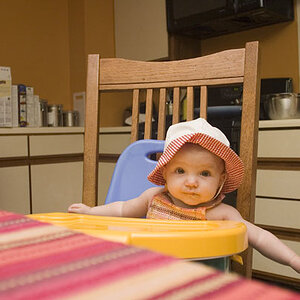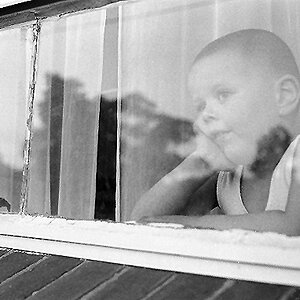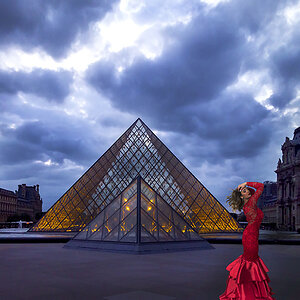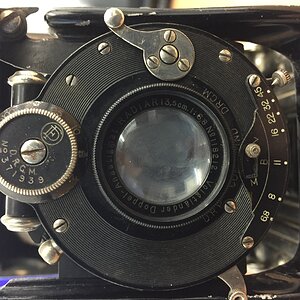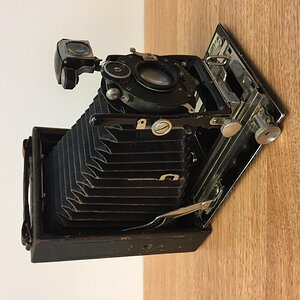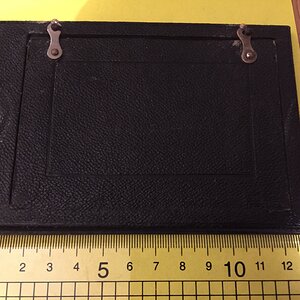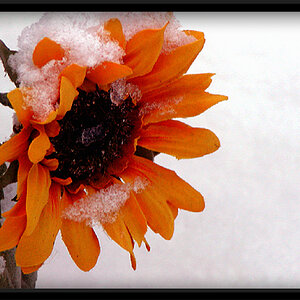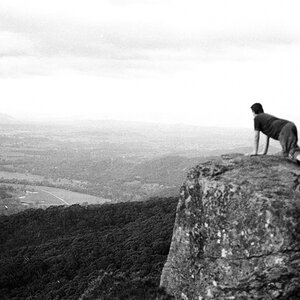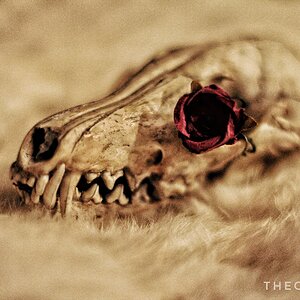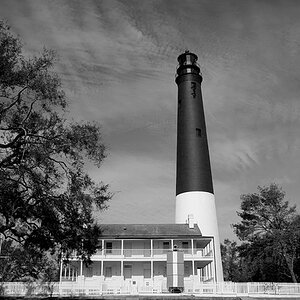Tailgunner
No longer a newbie, moving up!
- Joined
- May 2, 2013
- Messages
- 1,850
- Reaction score
- 280
- Location
- Dallas TX
- Can others edit my Photos
- Photos NOT OK to edit
I've been viewing countless images and it seems that a large percentage of them was edited using photoshop or similar software? Is this the norm among digital photographers? Is it difficult to capture a truly good picture using a modern DSLR without editing?
Thanks
Thanks



